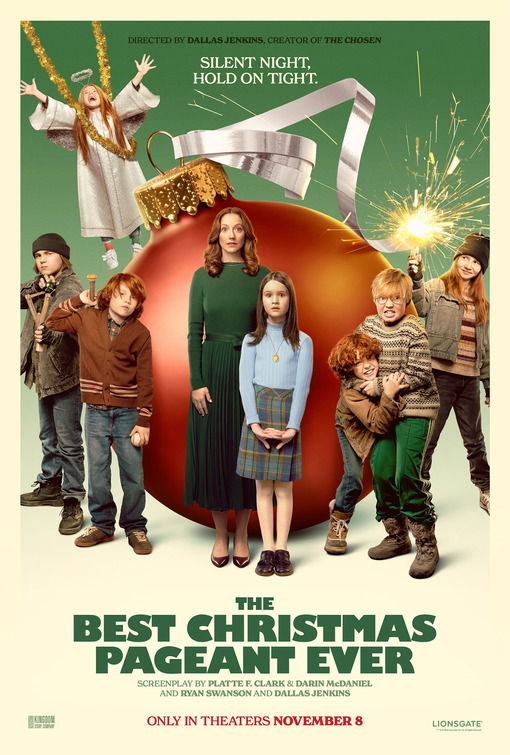
Why Did Thousands of Subscribers Suddenly Drop YouTube?
By Movieguide® Contributor
An estimated 150,000 subscribers dropped YouTube TV during Q1 of this year as the end of the NFL season was met with mass cancelation.
This loss of subscribers highlights a growing problem in the entertainment industry that comes with the seasonality of sports. YouTube TV drew in hundreds of thousands of new subscribers last fall with the introduction of NFL Sunday ticket onto its service. But, when the season ended, many of those new subscribers opted to save the $73 per month fee and canceled the service.
While churn has impacted the streaming industry for years, this is the first time it has bled into the sports industry as consumers look to save costs wherever they can. This emerging habit impacts the streamers who offer live sports, and it could also spell disaster for cable and broadcast providers, who heavily rely on sports.
The importance of sports programming was seen last fall during the dispute between Disney and Charter. Though the Disney-owned channels were unavailable to Charter users for less than a month as the two companies worked to hash out a new deal, the dispute directly led to 100,000 lost customers as users found disruption in their access to sports unacceptable.
As the dispute occurred, Disney pushed its live sports option on Hulu, reminding Charter users of its ease of access to sign up.
“There’s no contract, no cable box, and no wait time to subscribe,” Disney touted in a blog post during the dispute. “Hulu + Live TV also comes with Hulu’s deep library of exclusive shows and hit films, ad supported Disney+ and ESPN+ all in one plan, and unlimited DVR, which allows you to record and store your favorite content for up to nine months.”
Overall, the seasonal churn based on sports seasons would land another major blow to the struggling TV industry which continues its historic decline.
Movieguide® previously reported on the cable industry:
A new report is looking into what “killed” Peak TV, from an excess of content to last year’s WGA and SAG-AFTRA strikes.
According to Variety, there has been a “dramatic dropoff” in the production of scripted TV shows: “Peak TV, after a decade-long run, is dead.”
The report pointed to the strikes, Warner Bros. Discovery’s commitment to pulling any projects that weren’t immediately lucrative and the fact that networks and streamers were producing way too much content—the average viewer couldn’t keep up.
Variety revealed that production on TV shows was already declining before last year’s strikes began, with “shoot days in Los Angeles…down year-over-year in the last three quarters of 2022.”
They also found that “the number of original series on cable had already plummeted 40% from its all-time high a decade ago.”
“What truly sealed the death of peak TV last year,” Variety continued, “was the first-ever drop in series released by U.S.-based SVOD platforms,” adding that it’s unlikely streamers will be able to match their previous level of output.
Questions or comments? Please write to us here.


 - Content:
- Content: 

